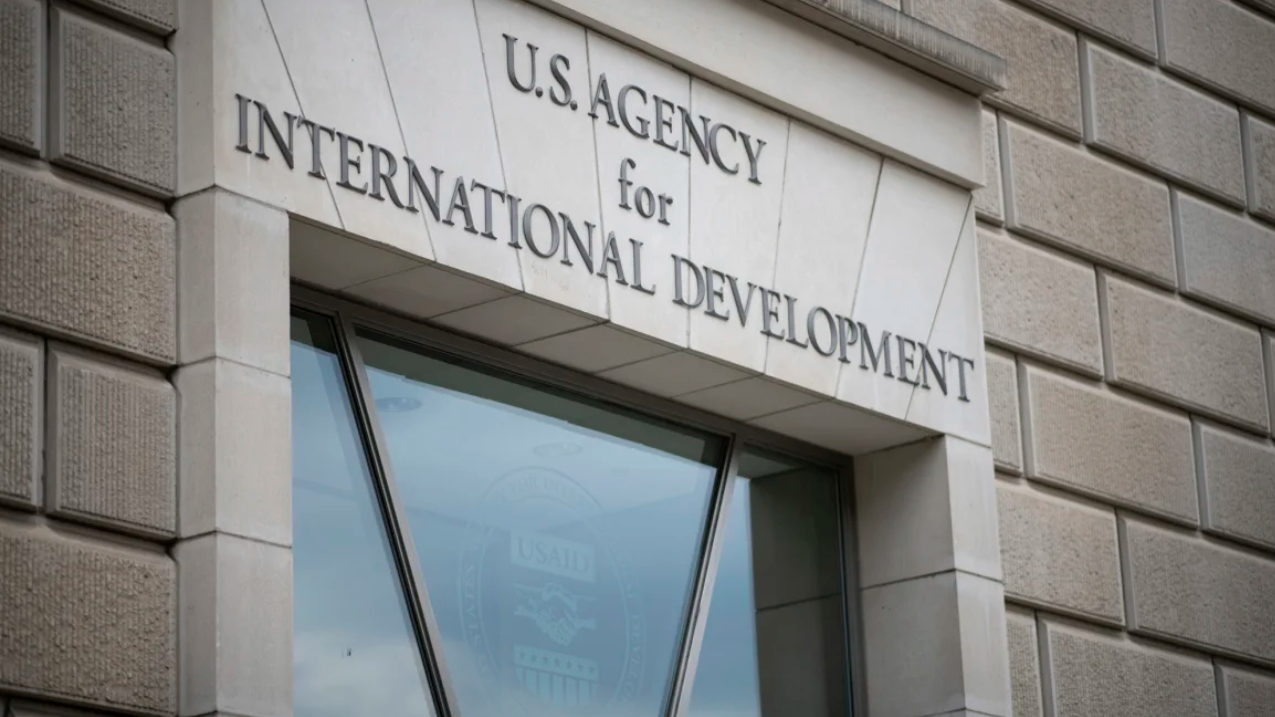The recent developments surrounding the U.S. Agency for International Development (USAID) have raised significant concerns about the future of this critical agency, which has been a cornerstone of American foreign policy since its establishment in 1961. The unexpected closure of the USAID headquarters in Washington, D.C., on February 3, 2025, and the subsequent actions taken by the agency’s leadership signal a tumultuous period ahead, particularly in the context of the current political climate under President Donald Trump.
Background of USAID
USAID was created during the Kennedy administration as a response to the growing need for a structured approach to international development and humanitarian aid. The agency’s mission has been to alleviate global poverty, respond to humanitarian crises, and promote democracy and development. Over the decades, it has played a pivotal role in delivering aid during natural disasters, combating disease outbreaks, and supporting economic development in various regions. With a budget that runs into billions of dollars annually, USAID has been a key instrument of U.S. soft power, helping to build relationships with countries around the world.
Recent Developments
The decision to close the USAID headquarters and direct employees to work remotely was communicated via an email from agency leadership shortly after midnight on February 3. This abrupt announcement came amid a backdrop of political pressure and scrutiny from the Trump administration, which has openly criticized USAID as being overly partisan and biased toward Democratic policies. Trump and his allies have been vocal about their desire to reform or even dismantle the agency, framing it as a necessary step for government efficiency.
In a recent conversation on X Spaces, Elon Musk indicated that he had confirmed with Trump that the agency should be “shut down.” This statement follows a series of actions that have raised alarms within the agency, including the freezing of its funding and the furloughing of numerous employees. The agency’s leadership has faced increasing pressure, culminating in the administrative leave of two top security officials who resisted access to sensitive systems by personnel from the Department of Government Efficiency (DOGE).
Tensions with DOGE
The DOGE, created under Trump’s directive to streamline government operations, has been at the forefront of the scrutiny on USAID. The agency’s personnel reportedly faced threats of law enforcement involvement when they denied DOGE access to USAID’s security systems and classified information. This confrontation highlights a broader struggle over control and oversight of USAID’s operations. Despite claims from DOGE officials that no classified materials were accessed improperly, the tension between the two entities raises questions about the integrity of USAID’s security protocols and the potential for political interference.
Cultural Shift and Morale
As the agency faces these external pressures, an internal cultural shift is also evident. Reports indicate that USAID has begun removing its logos, artwork, and photographs depicting its humanitarian work from its offices. This act of erasure reflects a broader demoralization among employees, many of whom feel uncertain about their job security and the agency’s future. With around 60 senior staff members placed on leave and many junior staff and contractors furloughed, the atmosphere within USAID is one of anxiety and instability. Employees have expressed feelings of being targeted, with a notable absence of senior leadership to provide guidance and reassurance.
Impact on Operations
The operational capabilities of USAID have been severely impacted by these recent developments. The agency’s mission to provide humanitarian aid and development assistance is now under threat due to the executive order issued by Trump, which paused all foreign aid for 90 days. This freeze has led to widespread confusion, layoffs, and program shutdowns, undermining the agency’s effectiveness in addressing urgent global needs. The implications of this freeze are particularly dire given the ongoing humanitarian crises in various parts of the world, including conflicts, natural disasters, and disease outbreaks.
Historical Context
The current situation is unprecedented in the history of USAID. The agency has weathered political changes and challenges over the years, but the current administration’s aggressive stance toward it marks a significant shift in how foreign aid is viewed and managed in the United States. Critics of the administration argue that dismantling or severely limiting USAID’s operations could have long-term repercussions for U.S. foreign policy and its relationships with other nations.
The Role of USAID in U.S. Foreign Policy
USAID’s role extends beyond mere humanitarian assistance; it is a vital component of U.S. foreign policy, often working in tandem with the State Department and the Department of Defense. This triad, often referred to as the “three Ds” of U.S. national security—defense, diplomacy, and development—highlights the interconnected nature of these domains. By promoting stability and development in vulnerable regions, USAID contributes to broader U.S. security interests and helps to mitigate the root causes of conflict and extremism.
Future Implications
The future of USAID hangs in the balance as the agency navigates this turbulent political landscape. The potential for reform or restructuring under the Trump administration raises critical questions about the agency’s ability to fulfill its mission effectively. Should the current trajectory continue, the implications for global humanitarian efforts could be profound, with millions of vulnerable individuals potentially losing access to essential aid and support.
Conclusion
As the situation unfolds, it is essential for stakeholders to closely monitor developments within USAID and the broader implications for U.S. foreign aid and international relations. The agency’s longstanding commitment to humanitarian assistance and development is at risk, and the outcome of this political struggle will shape the future of U.S. engagement on the global stage. The coming weeks and months will be pivotal in determining whether USAID can retain its identity and mission or if it will be fundamentally altered by the current administration’s agenda.

